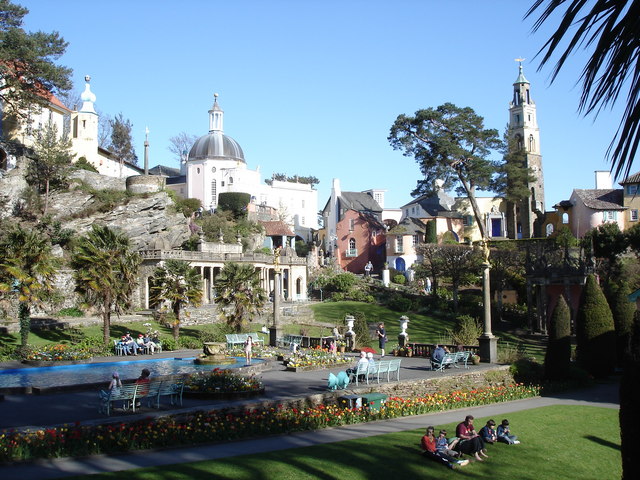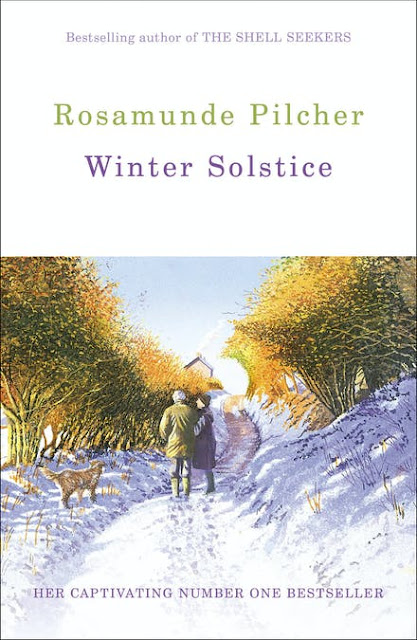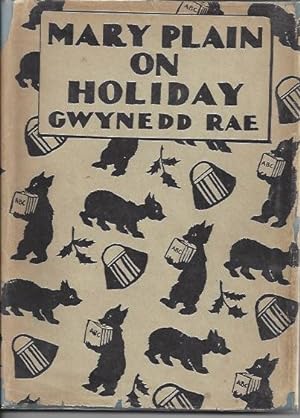Dewithon 2024: Fear in the Sunlight by Nicola Upson
Summer 1936. As people start to wonder if another war is coming, acclaimed writer Josephine Tey and her friends are gathering at the beautiful North Wales village of Portmeirion to celebrate the author's fortieth birthday.
Also staying in the village are director Alfred Hitchcock and his party, sizing up Portmeirion as a location for a new film - and in Hitchcock's case, also sizing up Josephine to see if he can persuade her to allow him to adapt one of her novels for the big screen.
When a famous actress is found brutally murdered, her death swiftly followed by the equally brutal demise of a hotel waitress, Tey finds herself caught up in a complex web of interlocking secrets, grudges and lies.
Except in many ways, she doesn't.
Tey is reluctantly coming to Portmeirion at her friends' request; she'd really rather not talk about her birthday at all. With her are Chief Inspector Archie Penrose, who has held a pointless torch for Tey for some time, and Archie's entertaining cousins, theatre designers Lettice and Ronnie Motley. Before long Tey's on-off love interest Marta and her current lover, Lydia, also turn up. Upson spends a lot of time on the alleged romantic tension between Marta and Josephine, but I found this unconvincing - they are both such permanent misery guts it's hard to see any kind of spark between them at all, whereas Lydia is at least lively, and Lettice and Ronnie are a hoot.
With Hitchcock and his wife Alma Reville are their assistant David Franks (a young man whom Alma took under her wing some years ago), aspiring actors Daniel Lascelles and Astrid Lake, grumpy old has-been Leyton Turnbull, cameraman Jack Spence, and famous diva Bella Hutton. And of course each one of them has secrets, but the problem with that is that (a) most of their secrets are not very interesting, and (b) there are so many of these supporting characters (there are also various members of the hotel staff, plus an artist friend of Archie's who's painting a mural for the owner and designer of this baroque Italianate tourist spot, Clough Williams-Ellis - and goodness knows who else) that I soon lost count. It's very hard to keep track of everyone, and I found myself frequently having to look back to check who was who.
 |
| Portmeirion (c) Ian Cunliffe, CC BY-SA 2.0, https://commons.wikimedia.org/w/index.php?curid=13892398 |
The Draycott family has lived in the Portmadoc area for generations, but has latterly suffered various tragedies. Now Gwyneth Draycott lives in virtual seclusion in the crumbling family home across the bay from Portmeirion. The mysterious disappearance of her young son many years ago has destroyed her, but try as she might to hide from the world, a young waitress from the village is desperate to contact her. Gwyneth is afraid; what can this girl want? This premise is interesting, but the connections between various members of Hitchcock's party, the hotel staff and the Draycotts soon become so convoluted that they are hard to follow. I could imagine the author maintaining her grip with a mind map or spreadsheet, but the reader doesn't have either of those. Even a list of characters at the front of the book might have helped.
No murder takes place until about page 200 of this book. It's a long wait. Before that there is what feels like endless scene setting, and while I quite enjoyed the descriptions of Portmeirion - which Upson manages very well, and without sounding like a history teacher - Josephine and Marta were so annoying that I was rather hoping one or both of them would be the victim(s). Did any couple ever whinge so much? Is there any happiness in their relationship at all? And what about Lydia?
When the first death is finally discovered, Archie must take control until the local police arrive. Even when they do, they aren't awfully interested, and one of the many frustrating things about Fear in the Sunlight is that the ending is partly unresolved, with Archie remaining unsure about the verdict. The book starts and ends eighteen years after the events in Portmeirion, and in the postscript we finally discover what really happened - but I felt that the solution, when it eventually came, seemed just to drop into Archie's lap; there is no real detective work involved, and as with several mysteries I've read recently, the entire denouement rests on a confession. I don't think Agatha C would have been impressed.
I read The Dead of Winter, another book in this series, a few months ago and enjoyed it. Tey and her friends seemed part of the story, an essential element of the plot. Unfortunately, in Fear in the Sunlight, they all, including Tey herself, feel superfluous; this is really a story about Hitchcock, his team, and their involvement with a local family. Upson tries to forge a connection by telling us that Alma wants to persuade her husband to turn Tey's book, A Shilling for Candles, into a film - but this part of the story felt unnecessary and did nothing to further the plot; it was more just a device to drag Upson's favourite author into the story.
The good points about Fear in the Sunlight are Archie Penrose, a lovely, thoughtful, witty character, Lettice and Ronnie, two women who live for the day and make the most of it, and Portmeirion itself, a place that still fascinates us almost one hundred years after its inception. Unfortunately the plot, and the rest of the cast, fail to come alive in this confusing and lacklustre novel.
Fear in the Sunlight by Nicola Upson is published by Faber. My copy came from Aberdeen Central Library.



Comments
Post a Comment